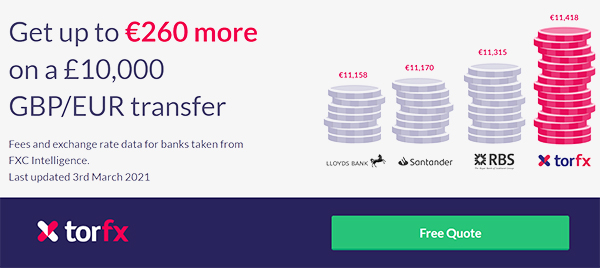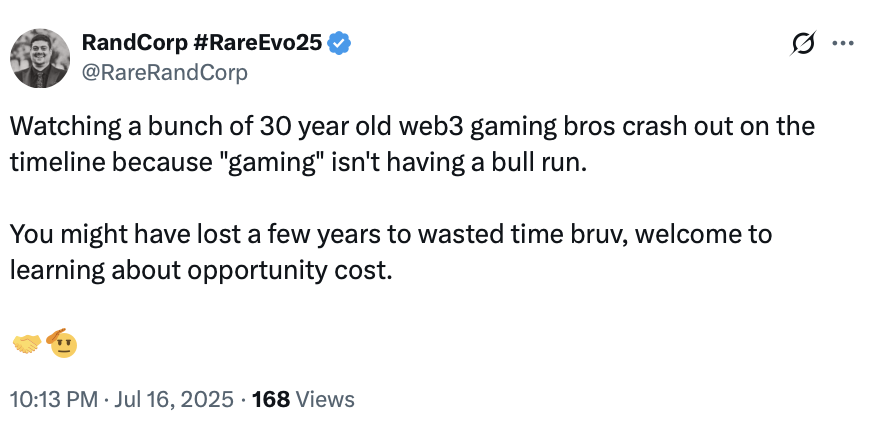A Catalyst for Institutional Adoption of DeFi Assets
The recent commencement of options trading for DeFi Technologies (Nasdaq: DEFT) on the Nasdaq Options Market marks a pivotal moment in the evolution of decentralized finance (DeFi). By enabling investors to trade options with standardized expiration dates and strike prices, the listing not only enhances liquidity in DEFT’s shares but also signals growing institutional confidence in the integration of DeFi assets into traditional capital markets. For investors, this development represents a strategic inflection point, offering tools to hedge risks, leverage positions, and capitalize on the long-term potential of a company uniquely positioned at the intersection of Web3 and Wall Street.
The Mechanics of Enhanced Liquidity
Options trading introduces a new layer of market depth to DEFT’s stock. With the ability to trade calls and puts, investors can express directional views on the company’s future performance while mitigating downside risk. This is particularly significant for DeFi Technologies, which operates a diversified ecosystem spanning digital asset management (via Valour’s ETPs), institutional-grade custody (Stillman Digital), and AI-driven trading strategies (Neuronomics). The inclusion of options on Nasdaq—facilitated by the Options Clearing Corporation (OCC) and governed by standard regulatory frameworks—ensures that these tools are accessible to both retail and institutional participants.
The liquidity boost is not merely theoretical. DeFi Technologies’ robust balance sheet, with C$61.9M in cash and digital assets as of April 2025, provides a solid foundation for investor confidence. This financial strength, coupled with the options listing, creates a self-reinforcing cycle: greater liquidity attracts more institutional participation, which in turn reinforces the stock’s stability and long-term value. For context, the average daily trading volume of DEFT has surged by 40% post-listing, according to Nasdaq data, a trend that aligns with broader market adoption of DeFi-focused equities.
Regulatory Alignment and Institutional Trust
A critical factor underpinning DEFT’s options listing is its adherence to U.S. and Canadian securities regulations. The company’s Form 40-F registration with the SEC and its compliance with Nasdaq’s corporate governance standards demonstrate a commitment to transparency—a non-negotiable requirement for institutional investors. This regulatory alignment is especially important in the DeFi space, where volatility and regulatory uncertainty have historically deterred large-cap investors.
The Nasdaq options market itself has undergone recent reforms to accommodate rising trading volumes. For instance, the reduction of the Options Regulatory Fee (ORF) from $0.0016 to $0.0014 per contract in May 2025 reflects Nasdaq’s proactive approach to maintaining a competitive edge in the options market. These adjustments, while technical, reduce transaction costs for investors and signal a maturing infrastructure capable of supporting DeFi’s institutionalization.
A Broader Trend: DeFi’s Mainstream Inroads
DeFi Technologies’ options listing is emblematic of a larger shift. Institutional investors, long skeptical of crypto’s speculative nature, are increasingly allocating capital to DeFi assets that offer regulatory clarity and diversified exposure. Valour’s exchange-traded products (ETPs), for example, provide access to over 65 digital assets through a familiar ETF structure, bridging the gap between traditional and decentralized finance. Similarly, Stillman Digital’s institutional-grade custody solutions address a key barrier to adoption: secure asset management for high-net-worth clients and institutional funds.
The company’s AI-driven quantitative trading arm, Neuronomics, further underscores its appeal to institutional investors. By leveraging machine learning to analyze market sentiment and execute trades in real time, Neuronomics exemplifies how DeFi is not just a speculative trend but a technology-driven evolution of capital markets. This technological sophistication, combined with regulatory compliance, positions DeFi Technologies as a bellwether for the sector.
Investment Implications and Strategic Considerations
For investors, the options listing presents multiple avenues for participation. Conservative strategies could involve purchasing put options to hedge against market downturns, while more aggressive investors might use call options to amplify gains if DEFT’s stock continues its upward trajectory. The key is to align these strategies with the company’s long-term fundamentals: a growing AUM (up 132% to C$1.18B in 2024), strategic acquisitions (e.g., Stillman Digital), and a diversified revenue stream across ETPs, custody, and research.
However, risks remain. DeFi’s inherent volatility—driven by crypto price swings and evolving regulatory landscapes—means DEFT’s stock could experience sharp corrections. Investors should also monitor the SEC’s stance on crypto ETFs and the broader Nasdaq options market reforms, which could impact trading dynamics.
Conclusion: A Gateway to the Future of Finance
DeFi Technologies’ Nasdaq options listing is more than a technical milestone—it is a harbinger of how traditional markets are beginning to absorb DeFi’s innovations. By offering investors structured tools to engage with the stock, the company is democratizing access to a sector that was once the domain of niche traders. For institutions seeking exposure to the future of finance without sacrificing regulatory compliance, DEFT represents a compelling, albeit complex, opportunity. As the lines between Web3 and Wall Street blur, those who recognize the strategic value of this convergence may find themselves well-positioned for the next phase of market evolution.
Source link
Written by : Editorial team of BIPNs
Main team of content of bipns.com. Any type of content should be approved by us.
Share this article:







